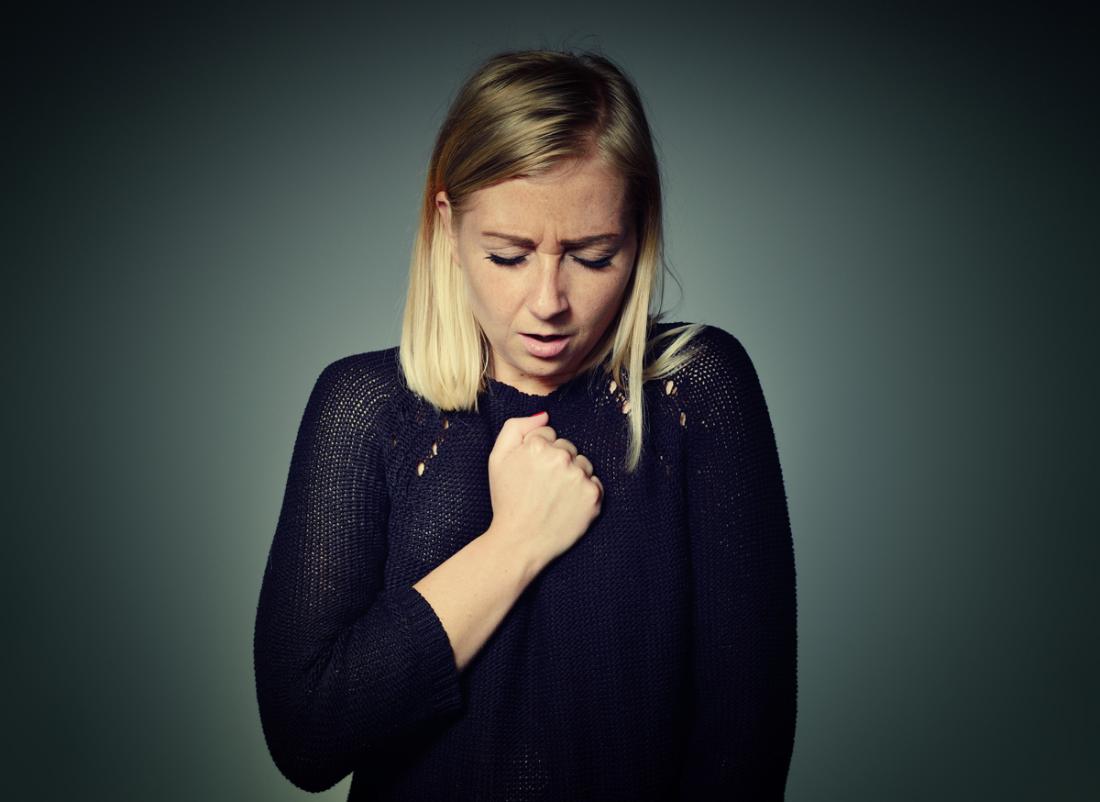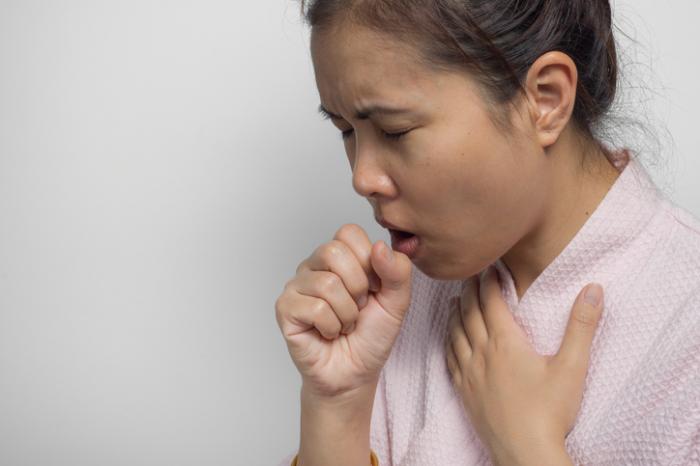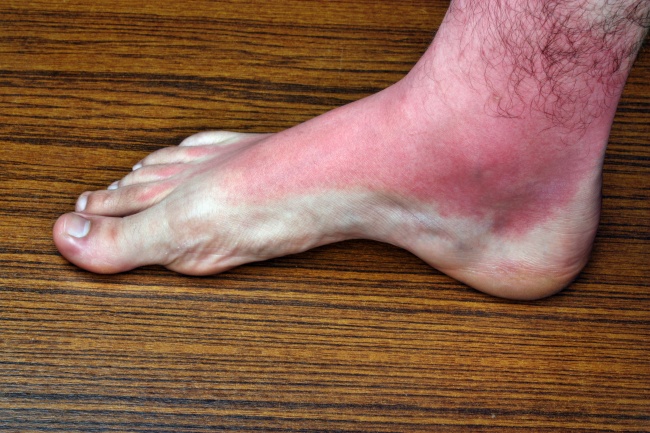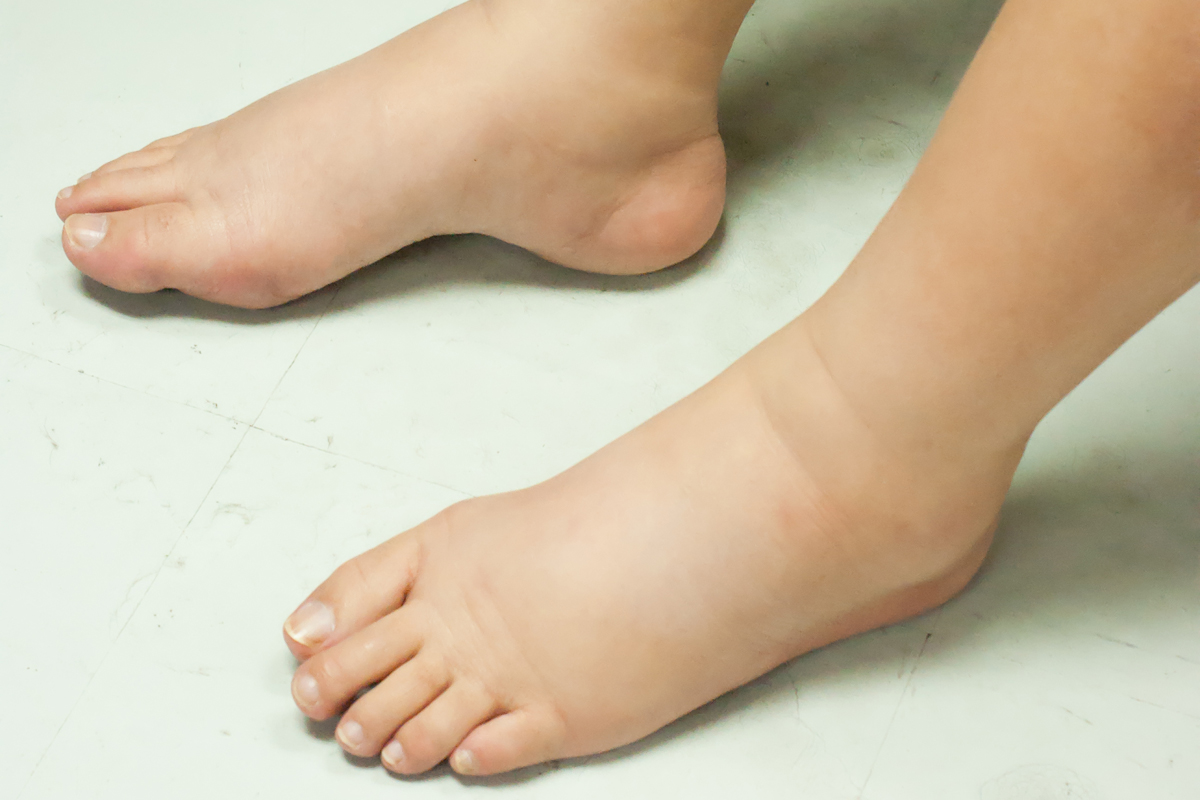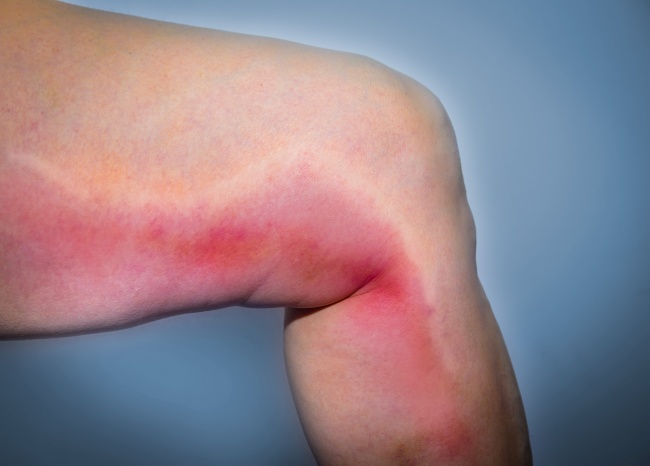Blood clot is a clump of blood that changes from a liquid state to a gel-like state. Actually, blood clotting is a necessary process that protects your body from bleeding out. But, when blood clots appear in your veins, it can be extremely dangerous to your health.
The dangerous kind of clot which is called deep vein thrombosis (DVT) kills approximately 100,000 Americans every year. This condition is life-threatening and can happen in one of your legs, also in your arms, pelvis, lungs, or even your brain.
Here are the 8 warning signs you should pay attention to in order to recognize the symptoms of DVT as quickly as possible.
1. Shortness of breath
If it suddenly becomes very difficult for you to take deep breaths, it may be a symptom of a blood clot in your lungs. This condition is called a pulmonary embolism. In most cases, the blood clots in the lungs are small and not deadly, but they certainly can damage the lung. But if the clot is large and stops blood flow to the lung, it can be deadly.
2. Coughing without any reason
If you sometimes experience unexpected attacks of dry coughing along with shortness of breath, an increased heart rate, and pain in the chest, it could be also a PE (pulmonary embolism). You might also cough up mucus or even blood. Visit your doctor immediately.
3. Dark red discoloration on your leg
The sudden appearance of dark and red spots on your skin without any reason could be a symptom of a blood clot in your leg. You may also feel tenderness and warmth in this area and even pain while stretching your toes upward.
4. Swollen ankles
If your ankles become bloated and swollen, this could be warning sign of DVT (deep vein thrombosis). This condition is very painful and it should be considered as an emergency case, because the blood clot in your leg may break free at any minute and reach your organs.
5. Red streaks on your skin
A red streak on the skin is a sign of an infection and it could be a symptom of blood clot. Other symptoms, such as pain, tenderness, swelling, and warmth typically accompany the red streaks. You should definitely visit your doctor, because this might not be a normal bruise.
6. Partial or complete blindness in one of your eyes
The partial or complete loss of vision in one of your eyes is usually a sign of central retinal artery occlusion. Although this condition could be painless, it is considered as a serious medical emergency, especially if you have additional symptoms such as vertigo and problems with your balance.
7. Sharp pain in the chest
The sharp pain in the chest could be another sign of a pulmonary embolism. If you have stabbing pain in the chest and you feel like you are having a heart attack, you should call 911 immediately as the consequences may turn fatal.
8. Vomiting
Vomiting could be also a sign of having a blood clot in your abdomen. This condition is called mesenteric ischemia, and it is usually accompanied with severe pain in the abdominal area. If your intestines don’t get enough blood supply, you may also experience nausea and even have blood in your stool.

